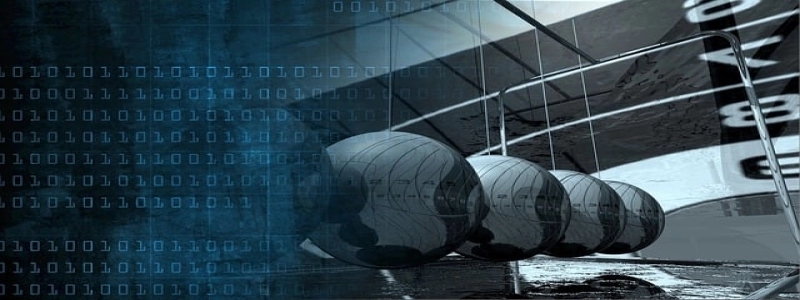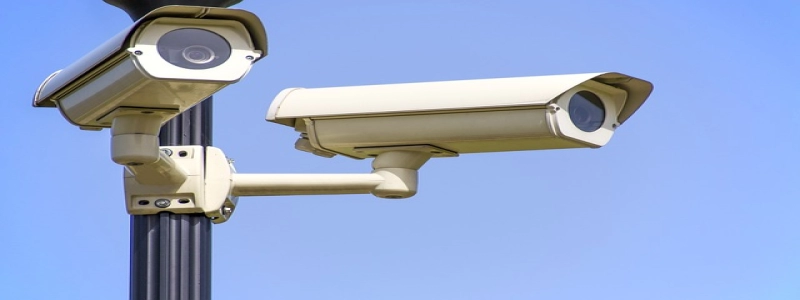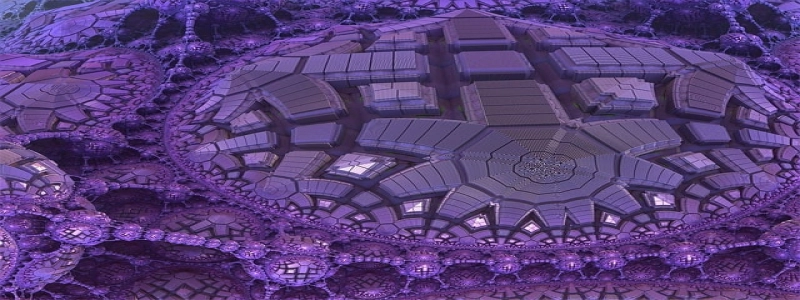Fiber Optic Cable Types
Introducere
Fiber optic cables have revolutionized the telecommunications industry by providing high-speed and reliable data transmission. With numerous cable types available in the market, it can be overwhelming to choose the right one. This article aims to provide a comprehensive overview of the different fiber optic cable types along with their characteristics and applications.
Single-Mode Fiber Optic Cable
Single-mode fiber optic cables are designed to carry only a single mode of light, allowing for long-distance transmission without signal degradation. These cables have a small core diameter, typically around 9 microns, which enables the transmission of light in a straight line. Single-mode fiber cables are commonly used in long-haul applications such as telecommunication networks and undersea cables.
Multimode Fiber Optic Cable
Multimode fiber optic cables have a larger core diameter, typically 50 or 62.5 microns, which allows for multiple modes of light to travel simultaneously. Due to the larger core size, multimode cables are suitable for short-distance transmission within buildings or campuses. They are commonly used in LANs (Local Area Networks), data centers, and multimedia systems.
Plenum and Riser Cables
Plenum and riser cables are two types of fiber optic cables used for indoor installations. Plenum cables are specifically designed for use in plenum spaces, which are the spaces above dropped ceilings or under raised floors. These cables have a fire-resistant jacket that emits minimal smoke in case of a fire. Riser cables, pe de altă parte, are used vertically between floors in buildings and have a less stringent fire rating compared to plenum cables.
Armored Fiber Optic Cable
Armored fiber optic cables are designed to provide enhanced protection against physical damage. These cables have an additional layer of armor, typically made of metal or Kevlar, surrounding the fiber strands. Armored cables are commonly used in industrial settings, outdoor installations, or areas prone to heavy machinery or rodent damage.
Loose-Tube and Tight-Buffered Cables
Loose-tube and tight-buffered cables are designed to protect the fiber strands from mechanical stress and environmental factors. Loose-tube cables have individual fibers surrounded by a loose buffer tube, allowing for easy expansion and contraction. These cables are commonly used in outdoor installations where protection against moisture is necessary. Tight-buffered cables, pe de altă parte, have a thicker layer of protection directly surrounding each fiber strand, making them more suitable for indoor use and applications that require high fiber strand density.
Concluzie
Choosing the right fiber optic cable type is crucial for achieving optimal performance and longevity of the network. Single-mode and multimode cables cater to different transmission distances, while plenum and riser cables are tailored to specific indoor environments. Armored cables provide extra protection, while loose-tube and tight-buffered cables ensure fiber strand durability. By understanding the characteristics and applications of each cable type, one can make an informed decision when selecting fiber optic cables for their specific needs.








